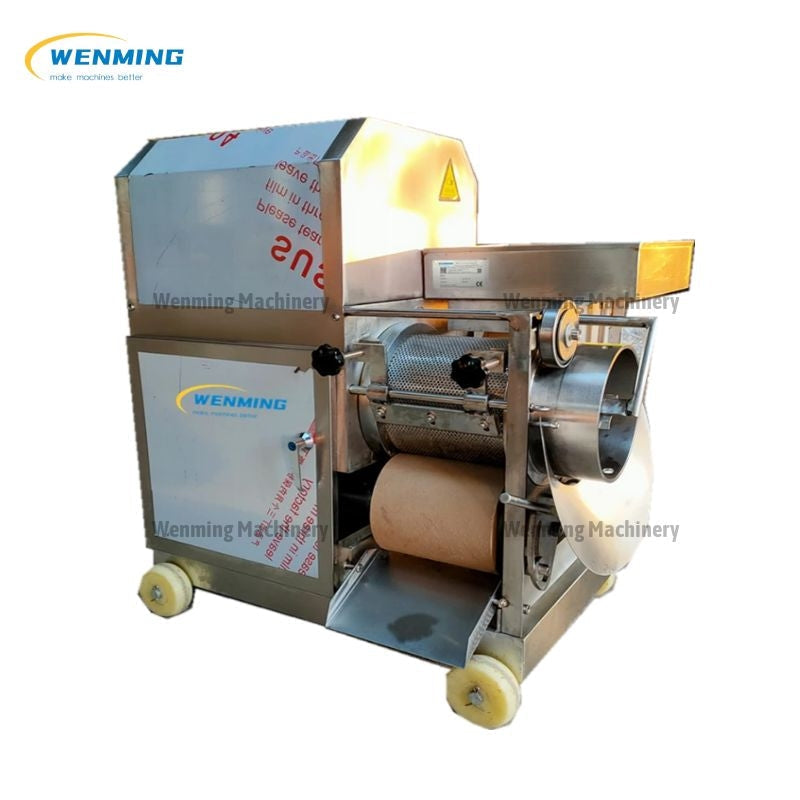10 years of experience as a food machinery equipment manufacturer
10 years of experience as a food machinery equipment manufacturer
A fish bone separator is a specialized machine primarily used in the food processing industry to efficiently remove bones from fish meat. This process is crucial for producing boneless fish products such as fillets, minced fish (surimi), fish cakes, and fish balls, significantly improving product safety and consumer acceptance.

Fish bone separators, also referred to as deboners or meat-bone separators, primarily function by applying mechanical pressure to force fish flesh through small perforations or a screen, while larger, harder components like bones, skin, and fins are retained and discharged separately. Common types include:
The core mechanism relies on the difference in texture and integrity between soft fish muscle tissue and hard bone material.
Investing in fish bone separation technology offers several benefits:
Fish bone separators are integral to operations in:
When selecting a fish bone separator, important considerations include:
Effective fish bone separation is a cornerstone of modern, efficient, and safe seafood processing, enabling the production of a wide array of popular fish products.
